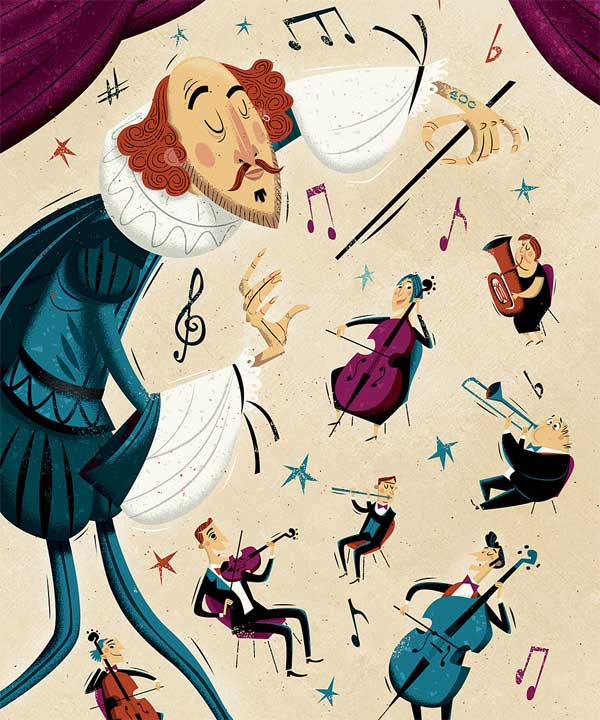
Romeo and Juliet
Composer Hector Berlioz
Highlight The gushy, transporting Scène d’amour glosses the balcony episode with surging strings.
Quirk factor Although the piece employs three solo vocalists—in this production, mezzo-soprano Ekaterina Gubanova, tenor Paul Groves, and bass Dmitry Belosselskiy—none of them sing the lead lovers. Instead, the orchestra wordlessly portrays the tragic teens.
Go April 7–9
Romeo and Juliet Fantasy Overture
Composer Peter Ilich Tchaikovsky
Highlight The fully orchestrated version of the famous love theme—first you hear the winds, and at the climax, the whole orchestra joins in—beats as one formidably loud lovesick heart.
Quirk factor “My overture had no success at all here and was wholly ignored,” Tchaikovsky wrote of the premiere in 1870. Little did he know that the piece would become arguably the biggest pop culture musical cliché for love.
Go April 14–16, 22, 24
The Tempest Fantasy Overture
Composer Peter Ilich Tchaikovsky
Highlight Tchaikovsky marked the biggest moment fffff—that is, very, very, very loud—the first use of five f’s in music history.
Quirk factor Nine years before writing this overture, Tchaikovsky wrote The Storm, a piece based on the play by Russian writer Alexander Ostrovsky. Both plays also inspired operas by other composers: The Tempest by Thomas Adès and Katya Kabanova by Leoš Janáček.
Go April 14–16, 22, 24
Falstaff
Composer Giuseppe Verdi
Highlight The crescendoing fugue that closes the opera sums up the pranks and schemes (and Falstaff’s love for his beer belly).
Quirk factor After Falstaff’s speech on honor in the first act, the orchestra trills, imitating laughter—50 years before the invention of the laugh track.
Go April 21, 23, 26


